Services
All Your Dental Needs at One Place
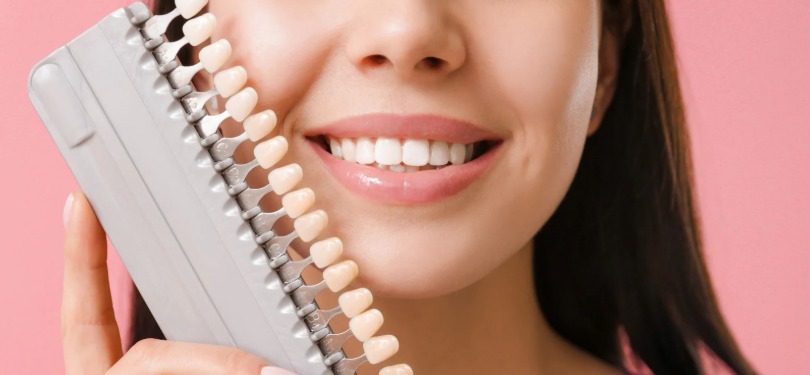
Dental Crowns
Porcelain Crowns
Cavities, fractures, or wear on the teeth can negatively impact your smile. In such cases, porcelain crowns can be a suitable solution. They offer an aesthetically pleasing and cost-effective option. However, over the long term, gum recession may occur. Porcelain crowns are durable, but since their base is made of metal, they have lower light transmittance compared to zirconium and Emax crowns. For this reason, they are generally preferred for back teeth.
Zirconium Crowns
Zirconium crowns are a treatment method used for aesthetic purposes.
– They are metal-free, reducing the risk of allergies.
– They have excellent compatibility with the gums.
– They do not cause bad breath.
– They are strong and durable.
– With high light transmittance, zirconium crowns are recommended for patients seeking a natural appearance.
Emax and Empress Crowns
Emax and Empress crowns are made from glass-based ceramic reinforced structures.
Since they have higher light transmittance than zirconium, they are considered the highest aesthetic option.
They are primarily preferred by dentists for the front teeth.
Like zirconium, they do not cause bad breath, they do not discolor, and they are long-lasting.
Production Stages of Zirconium, Emax, Empress, and Porcelain Crowns
1. After the teeth are reduced and prepared, an impression is taken.
2. Temporary crowns are placed on the same day.
3. After a few days, a trial is performed, and then the final crowns are placed.
4. This process typically takes between 1 week and 10 days.
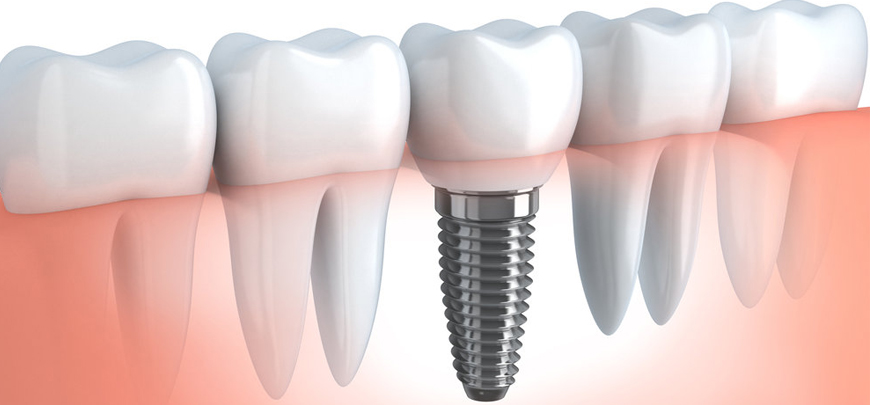
Dental Implants
Dental implants are artificial tooth roots placed into the jawbone to replace missing teeth and restore the natural functions of the tooth. The material used for implants is titanium. Titanium is hypoallergenic and is accepted by the jawbone as part of the body.
Who Can Receive Implants?
– Individuals with no serious health conditions that affect general health.
– Diabetic patients who have their diabetes under control.
– Patients with sufficient bone tissue in the area where the implant will be placed.
(Note: In cases where the bone tissue is insufficient, artificial bone grafting can be used.)
Stages of Implant Treatment
After the implants are placed, the time for osseointegration (fusion with the bone) depends on the individual’s bone quality and ranges between 1.5 to 6 months if no advanced surgical intervention is needed.
Like natural teeth, implants require regular care and cleaning. With proper oral hygiene, implants can last a lifetime.
Is There Pain After Implant Treatment?
Before starting the implant procedure, local anesthesia is applied to numb the area where the implant will be placed. This ensures that no pain is felt during the procedure. Each implant is typically placed in 1 to 6 minutes.
After the procedure, if the medications and instructions provided by your doctor are followed, 95% of patients will experience no pain, swelling, or bruising.
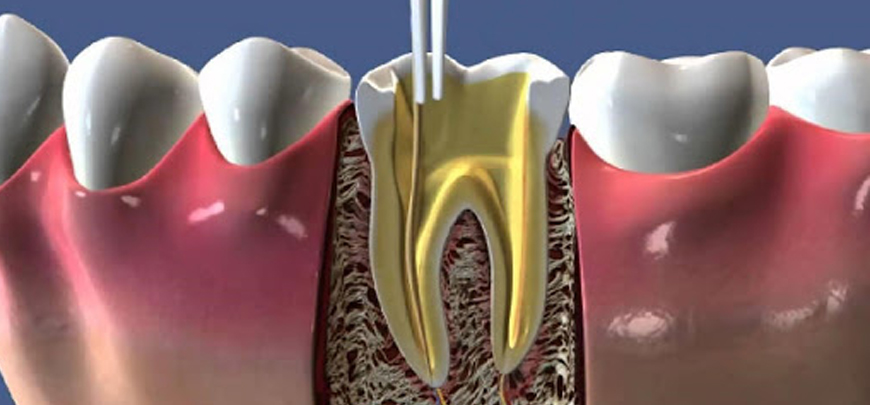
Root Canal Treatment
Untreated advanced dentin cavities and trauma can lead to inflammation of the tooth’s pulp (nerve tissue). In such cases, a root canal treatment is performed to remove the inflammation in the tooth. The success rate of a tooth that undergoes root canal treatment is very high.
How is Root Canal Treatment Performed?
First, the decayed tissue in the tooth is cleaned. Next, the infected pulp tissue is removed, and the canals are shaped and cleaned with hand files. Then, the inside of the canal is washed with special solutions, and the tooth roots are sealed with canal fillings to make them airtight. Finally, a filling is applied to the tooth, completing the root canal treatment.
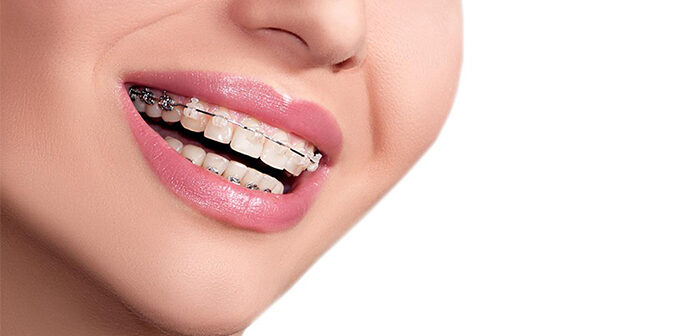
Orthodontic Treatment
Orthodontics is a branch of dentistry that aims to properly align the teeth and jaw structure. Crooked teeth, jaw misalignment, bite problems, and other orthodontic issues are treated using braces, clear aligners, and various orthodontic appliances.
These treatments not only improve aesthetic appearance but also help maintain jaw health, allowing for healthier functioning in chewing, speaking, and dental hygiene. Although orthodontic treatment is typically recommended during childhood, it can also be effectively applied to adult patients. The treatment duration generally ranges from 1 to 2 years.
When to Choose Clear Aligners and When to Choose Braces?
For adult patients who prefer not to have the appearance of braces in their daily life, clear aligners offer a more aesthetic option. In cases where a faster treatment completion is desired, clear aligners can promote quicker tooth movement.
For pediatric patients, clear aligners may be an option when regular usage can be ensured. However, for those requiring jaw expansion or very young children, we recommend braces as the preferred treatment.
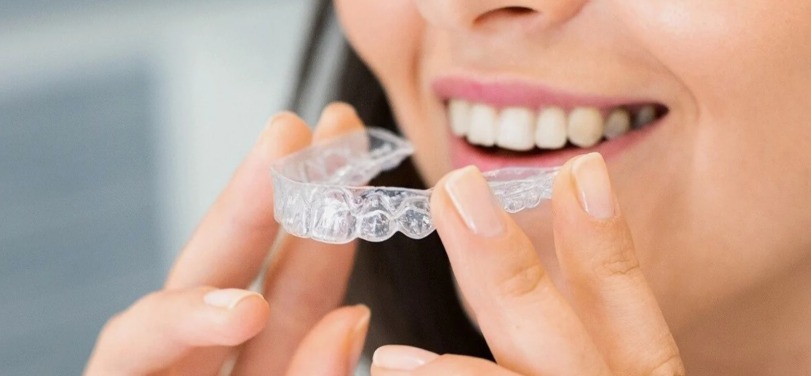
Teeth Grinding (Bruxism) Treatment
Bruxism is the condition where a person unconsciously clenches, grinds, or presses their teeth together while sleeping or awake. This behavior is often aggravated by stress, depression, and fatigue.
Symptoms of Bruxism
– Headaches
– Jaw and joint pain
– Tooth wear
– Tooth sensitivity
– Loud tooth grinding that wakes up the sleep partner
Treatment Methods
Night Guard: Prevents tooth enamel from wearing down. The night guard worn during sleep helps alleviate symptoms like head, ear, and neck pain.
Masseter Botox: Botox injections are directly applied to the masseter muscle, reducing teeth grinding. The application takes only a few minutes and begins to show effects within a few days. The effects of Botox last for 5–6 months. After a few sessions at regular intervals, the teeth grinding problem is minimized.
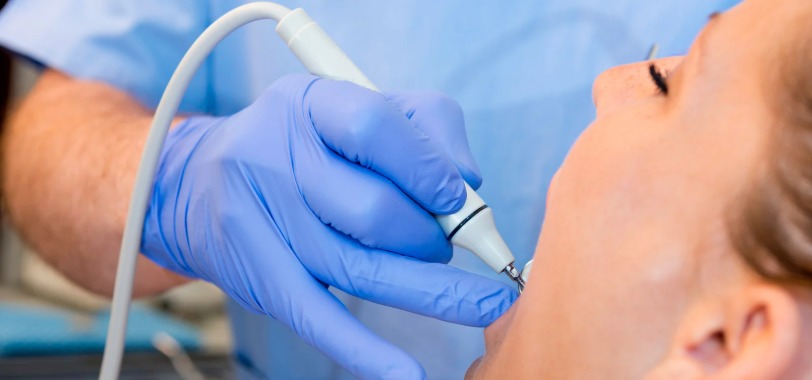
Dental Cleaning
Scaling is the process of cleaning tartar and stains from the surface of the teeth using ultrasonic vibration devices. It removes surface stains and provides a whiter appearance. Stains caused by colored foods like cigarettes, tea, and coffee are cleaned. The procedure is health-oriented, not for aesthetic purposes.
Additionally, a teeth whitening treatment can be applied 3–5 days after the scaling, if the patient desires.
What Happens If Dental Tartar is Not Cleaned?
Bad breath occurs.
Swelling in the gums develops.
Gum bleeding begins.
Gum recession may occur.
It can lead to tooth loss.
After proper cleaning, regular brushing in the morning and evening along with the use of dental floss ensures good oral hygiene. It is recommended to have tartar cleaned every 6 months. If the tartar cleaning is deemed insufficient by your dentist, advanced periodontal surgeries may be suggested.
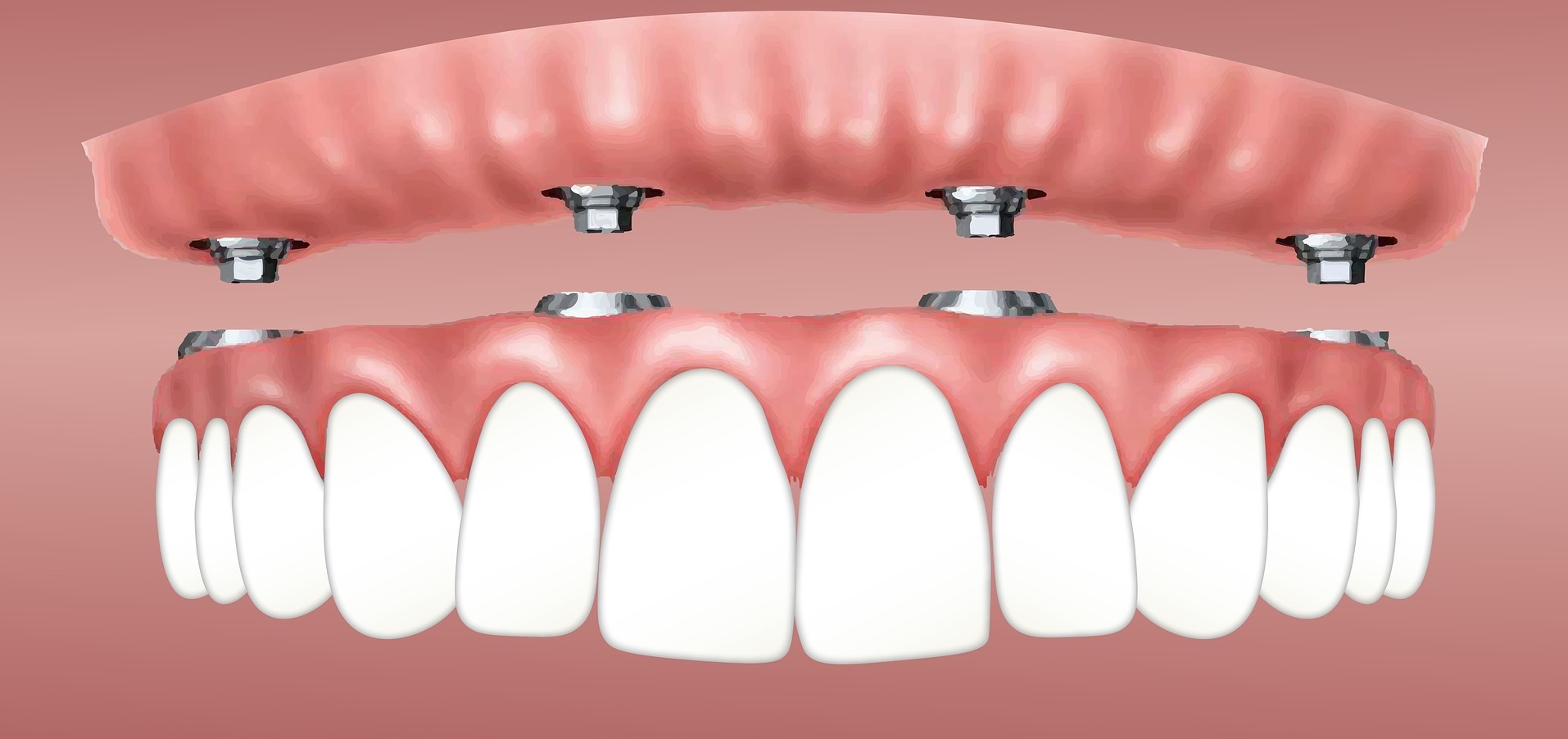
All-on-Four
All-on-Four is a treatment method applied to patients who have lost all their teeth, where 4 implants are placed in the upper and lower jaws at specific angles, and a fixed prosthesis is applied on top. With the All-on-Four technique, the number of implants used is lower, which reduces the cost.
This method eliminates the risk of bone loss that may occur due to the pressure traditional dentures exert on the jawbone. However, factors such as excessive smoking and alcohol consumption can reduce the success rate of implant treatment.
It is a highly comfortable treatment option for patients who cannot use removable dentures.
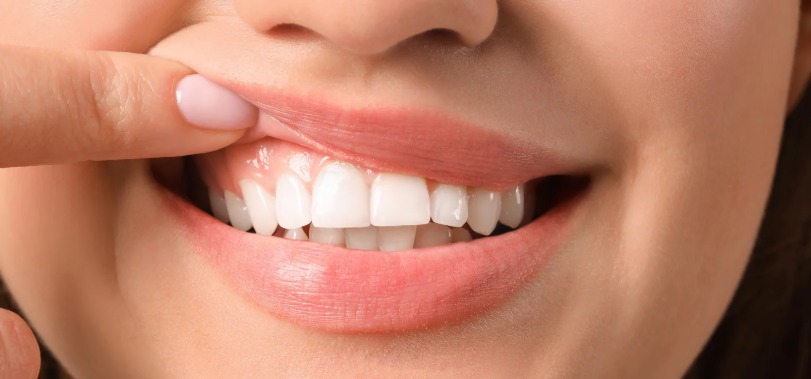
Bonding
Bonding is a procedure performed to close gaps between teeth (diastema), correct shape irregularities, and fix issues such as cracking and chipping. The application is done without the need to enamel the teeth.
After the treatment, regular check-ups should be scheduled. After consuming foods that may cause discoloration of the teeth, the teeth should be brushed immediately. The treated tooth should be protected from hard impacts. Regular use of dental floss is recommended.
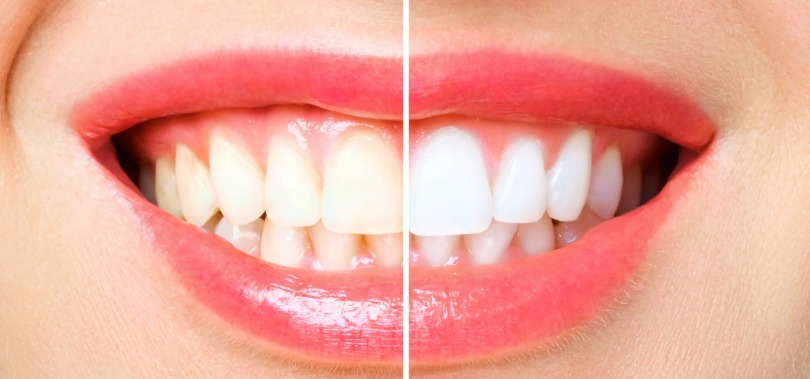
Teeth Whitening (BLEACHING)
Teeth whitening is the process of removing substances accumulated on the surface of the teeth that cause discoloration, using special gels.
How Is the Whitening Procedure Done?
Before starting the procedure, dental plaque is cleaned. A gum barrier is applied to protect the gums. A hydrogen peroxide-based gel is applied to the teeth. To enhance the gel’s effectiveness, the teeth are exposed to ultraviolet light or laser for 45 minutes to 1 hour, and the teeth start to whiten. Once the desired shade is reached, the process is completed. This method can lighten the tooth color by 3-4 shades. The whitening procedure does not harm the teeth.
It has no effect on the color of porcelain crowns (veneers) and is not applied to crowns. After the whitening treatment, it is important to avoid stain-causing foods (such as coffee, tea, colorful foods, and smoking). Especially in the first 10 days, these foods should be avoided, and the teeth should be regularly brushed, and dental floss should be used.

Sedation
Sedation is a procedure that allows you to undergo dental treatment without fear, in a semi-conscious state, and is a great option for those with dental anxiety. In our clinic, sedation is performed by an anesthesia specialist who administers medication intravenously.
Who Is Sedation Applied To?
– Patients with a fear of dentists.
– Patients with panic attacks.
– Patients with a gag reflex or vomiting tendency.
– Patients who have difficulty communicating and cannot cooperate during treatment.
– During sedation, the patient does not lose full consciousness and can follow the instructions given by the doctor.
What Are the Benefits of Sedation?
– There are no side effects.
– Patients do not remember any phase of the procedure.
– All oral procedures are usually completed in a single session.
– The patient’s psychological state is not affected.
What Should Be Considered Before the Sedation Procedure?
– Before the procedure, patients should not consume solid or liquid food for at least 6 hours.
– It is recommended that patients come with a companion for the procedure.
– Prior to the procedure, the patient’s medical history should be thoroughly reviewed, and any necessary tests should be examined by the doctor.
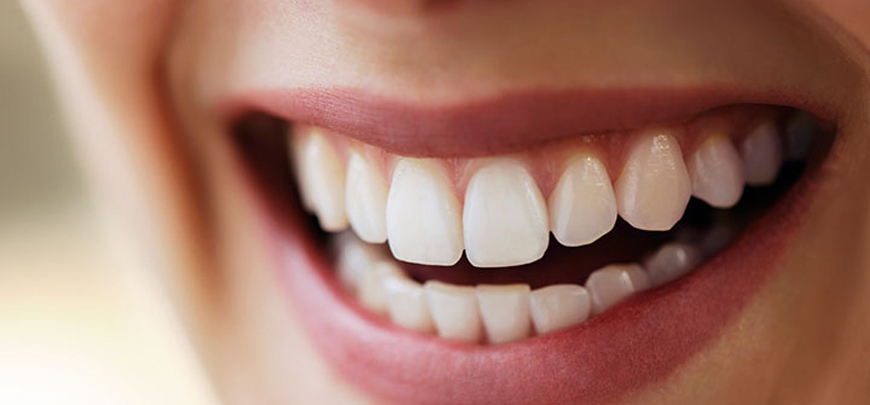
Lamina Veneer & Smile Design
Lamina veneers are a commonly used treatment for aesthetic issues such as structural imperfections on the front surfaces of teeth, discoloration that cannot be corrected with whitening, mild misalignment, and gaps between teeth.
Lamina veneers are ultra-thin porcelain sheets, similar to contact lenses, that are bonded to the front surface of the teeth. They can be custom-made in the desired color, shape, and surface texture to suit the individual.
How Are Lamina Veneers Made?
In this application, teeth are either not shaved at all or only very minimally (around 0.3–0.7 mm) on the front surface.
Once the teeth are prepared, impressions are taken.
The laboratory creates a custom smile design for you, and a mock-up (plastic preview model) of your new teeth is prepared.
If both the patient and the dentist are satisfied with the mock-up, the design is sent to the laboratory to be replicated as a porcelain veneer.
The lamina production usually takes about 1 week.
After the lamina is ready, it is bonded to the teeth with a special adhesive following final checks.
A follow-up session is scheduled 1 week after the application.
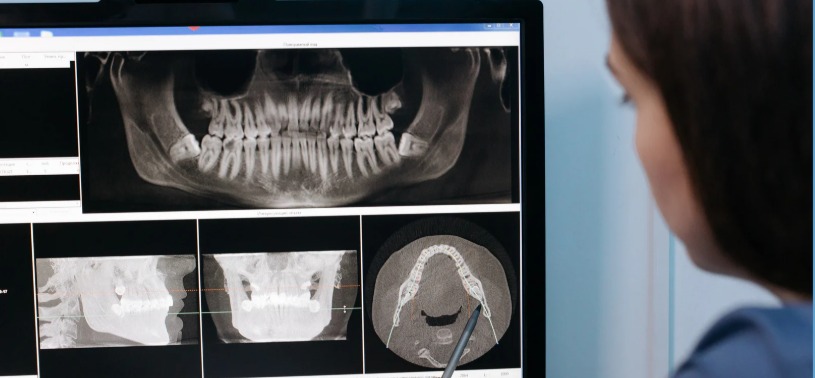
Guided Surgery
By examining your tomography, your dentist will identify the strongest areas of your jawbone, and implant locations will be planned accordingly. Before the implant surgery, a custom surgical guide is prepared, specifically tailored to your implant positions.
Thanks to this guide, the surgical procedure is performed, and the bone healing period, which typically takes 1.5 to 6 months, can be reduced to just 1 week. The surgery is conducted with this special guide, and no stitches are required.
Impressions are taken on the same day the implant is placed. Your new teeth will be prepared and delivered within approximately 1 week.

Pediatric Dentistry
At our clinic, we offer various treatments for pediatric patients, including tooth extraction, fillings, root canal treatment, space maintainers, amputation, crown restoration, fissure sealants, and fluoride treatments.
After the treatments are completed, we monitor the jaw and facial development of our little patients every 6 months.

Dentures
Complete Dentures
Complete dentures are removable prosthetics applied to patients who have lost all their teeth. In the upper jaw, the palate’s retention is generally strong, so patients usually do not experience problems. However, in the lower jaw, as the palate has more bone resorption, the retention may be weaker. In such cases, your dentist may recommend a 3-implant-supported denture for the lower jaw. After the denture is delivered, regular follow-up sessions will be conducted by the dentist.
Partial Dentures
Partial dentures are a preferred treatment method for patients who have lost some teeth but are not candidates for fixed dentures. The denture is attached to the remaining healthy teeth in the jaw using prosthetic clasps. However, since these clasps are visible, they can be aesthetically disadvantageous. In such cases, precision attachments can be used. Precision attachments do not involve visible clasps, providing a more aesthetically pleasing result.
Partial dentures are easy to remove and reinsert. The treatment duration is typically around 2 weeks, with follow-up appointments scheduled after the prosthetic is delivered.
